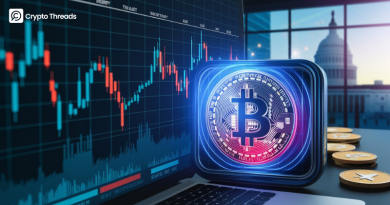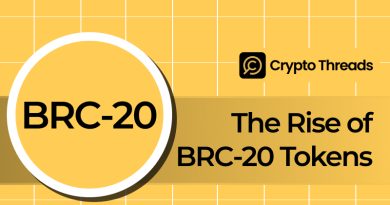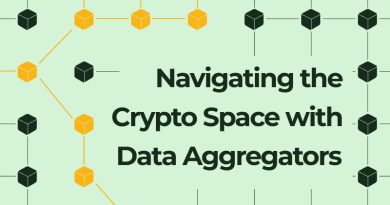The Fundamental Connection Between Blockchain Oracles and Web3
Oracles Overview
Oracle is a solution that enables Web3 projects to access external data sources, as well as allows external data sources to interact with blockchain data. A blockchain without an oracle is like a computer without the internet—while it can still function, it is only when these two elements are combined that they can fully unleash their maximum potential.
The role of Oracles in blockchain
The nature of a blockchain network is that it is an independent network. Information is validated and deemed valuable by the computers (nodes) within the system based on the consensus algorithm of the blockchain. This design ensures security and reliability but, conversely, makes it challenging for nodes to process external data.
There are four types of blockchain oracles corresponding to the forms of communication between the blockchain and external data sources, including:
The Importance of Decentralized Oracles
Oracles provide a solution for verifying off-chain data, but they introduce a new issue: How can we trust the data provided by the oracle?
Decentralized oracles are a data provision model that overcomes the aforementioned limitation. Essentially, decentralized oracles reduce reliance on a single oracle or a specific data source, thereby minimizing the risk of localized attacks.

Blockchain cannot directly connect to real-world data.
Applications of Oracles
The primary product that oracles provide is the data feed. Data feeds supply information to projects utilizing applications and services from third parties. Examples include the number of tokens being staked, Ethereum gas price information, weather data, the current price of BTC in USDT, and more.
The combination of smart contracts and decentralized oracles serves as a crucial foundation for the development of various sectors within the crypto space, including:
Among the fields mentioned above, the most significant application that clearly demonstrates the role of oracles for users today is Decentralized Finance (DeFi). Here are a few examples of oracle applications in DeFi:
The current oracle market
To calculate the value of the Oracle network in the decentralized economy, we need to use the TVS (Total Value Secured) metric. TVS represents the total amount of TVL (Total Value Locked) in protocols and platforms that utilize oracles to secure users’ funds.
As of now, Chainlink is still considered the giant in the oracle space, as this project accounts for more than 54% of the TVS across the entire cryptocurrency market.

Current Oracle Market Share. Source: defilama
According to DefiLlama, 422 protocols are currently using Chainlink’s oracle services, with a TVS reaching up to 32 billion USD. Notably, Pyth Network stands out with over 256 protocols utilizing their services, marking an impressive milestone for this emerging project in 2025.

Source: defilama
Conclusion
Oracles are one of the crucial tools that serve as a bridge between blockchain and external information systems. Through this article, you’ve likely gained some basic understanding of oracles.



